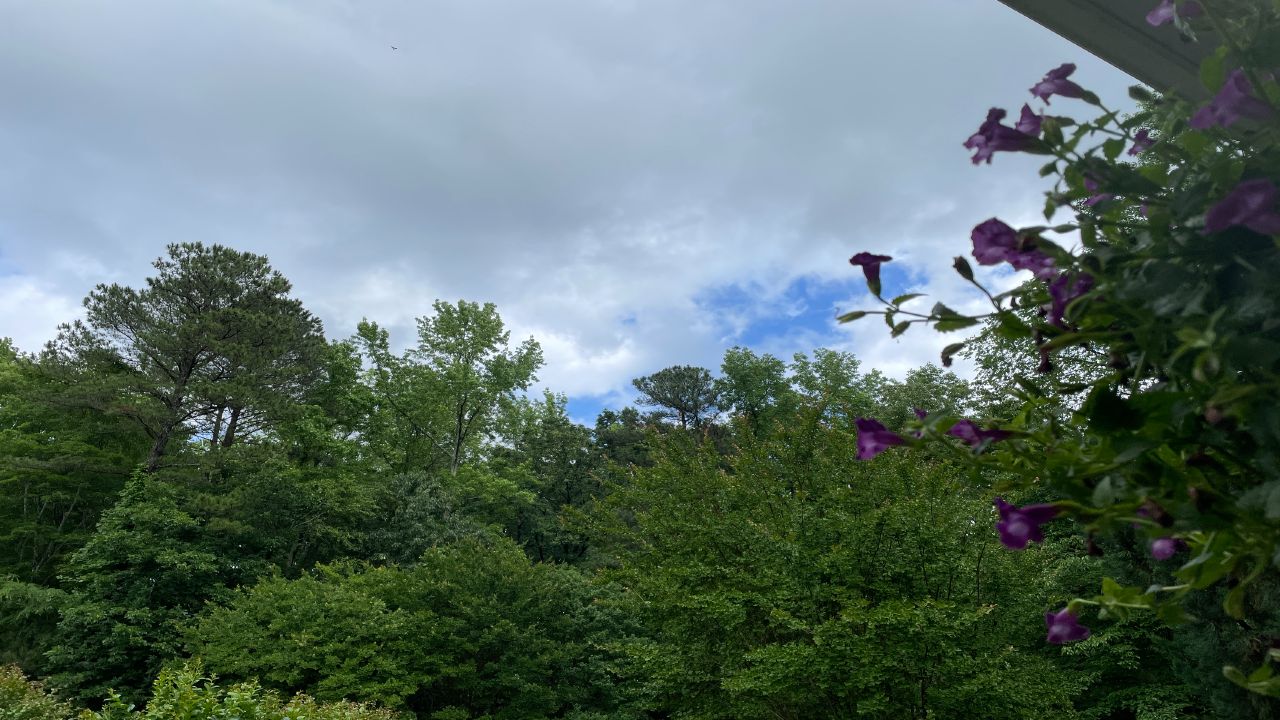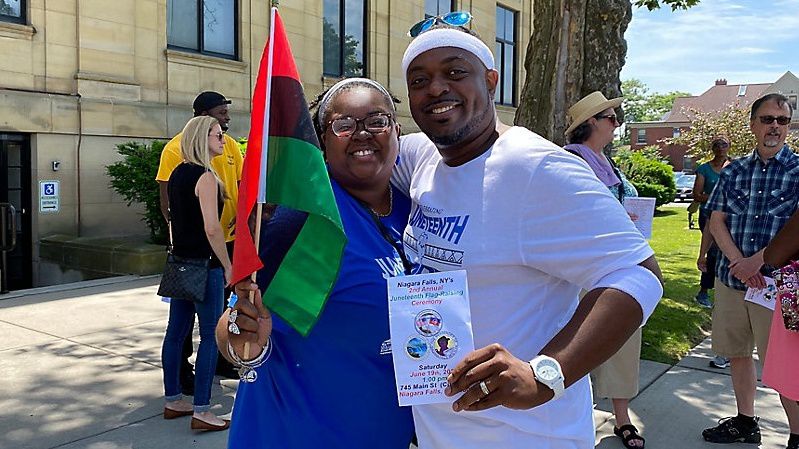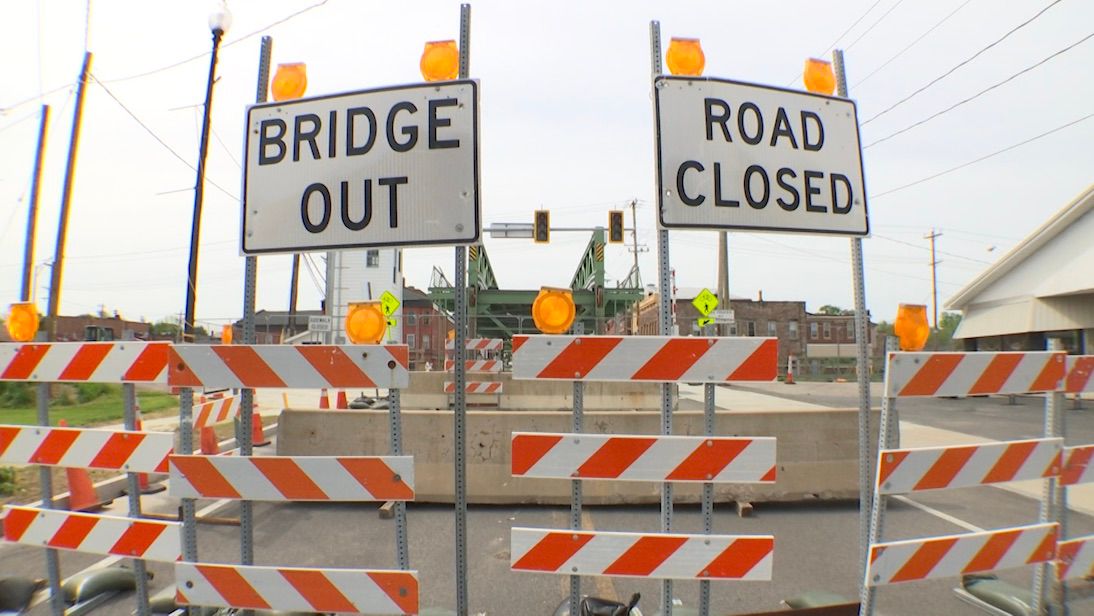AMHERST, N.Y. — Year two of a three-year federally funded study is underway looking into mycelium. Put simply, it’s the root system of mushrooms. Can it be used to clean up lead-contaminated soil? Research so far seems promising. Here’s an update to our original report when things were just getting underway.
At first glance, this is simply a glass beaker filled with dirt. At a closer look, there’s a whitish sheet at the bottom of it. That is mycelium. Prathima Nalam and her Ph.D. student Mruganka Parasnis are testing its durability.
“Can it sustain in water for a really long time?” asked Nalam, assistant professor at the Department of Materials, Design and Innovation at UB.
That’s a critical question they need answered. Especially since come summer, they’ll be placing mycelium sheets into lead-contaminated soil in a designated plot in downtown Buffalo. When it’s time to remove them, they’ll need them intact.
Durability is just part one.
“We want to spike the soil with a predesignated amount of lead,” she explained.
Nalam says it will mirror the lead levels in soil across Buffalo. Those range from 100 ppm to 200 ppm.
“Later what we will do, is we will take all the mycelium out and we will study how lead is absorbed.”
They’ll also look at how much lead is reduced in the soil.
“This is all sustainable and [an] eco-friendly way to do it,” Nalam said. “The regular bleaching methods they currently do for lead range between 30 to 50%, and this is like 80%.”
Those lead remediation numbers were done in water-based systems like this one, as they were testing phosphate levels on the dried mycelium. In nature, Nalam says the end of mycelium, the hyphae, has a chemical compound. Phosphate actually helps catch the lead as it drains through the soil.
“Reproducing what nature does was really exciting for us,” Nalam said.
Exciting, and an assurance they’re one step closer to cracking the lead remediation code.
“The initial stage took a bit of time, but once the results came, we just gained momentum,” Parasnis said.
Progress has been made on other parts of the study as well. Electron microscope images are being closely examined to describe the mycelium structure. Policies related to environmental and soil contamination in Buffalo and Erie County are being analyzed, and the team at Grassroots Gardens WNY has completed a "Safe Roots Guide" in several languages to share the dangers of lead-contaminated soil in Buffalo.
But if you ask them how it feels to be saving the world?
“We don’t think like that, no,” Nalam laughed.
We’ll go with making the world a safer place. This is just the beginning. Nalam is also looking into how mycelium can capture carbon, and be a force to help slow climate change, as well as reducing PFAS in drinking water.









